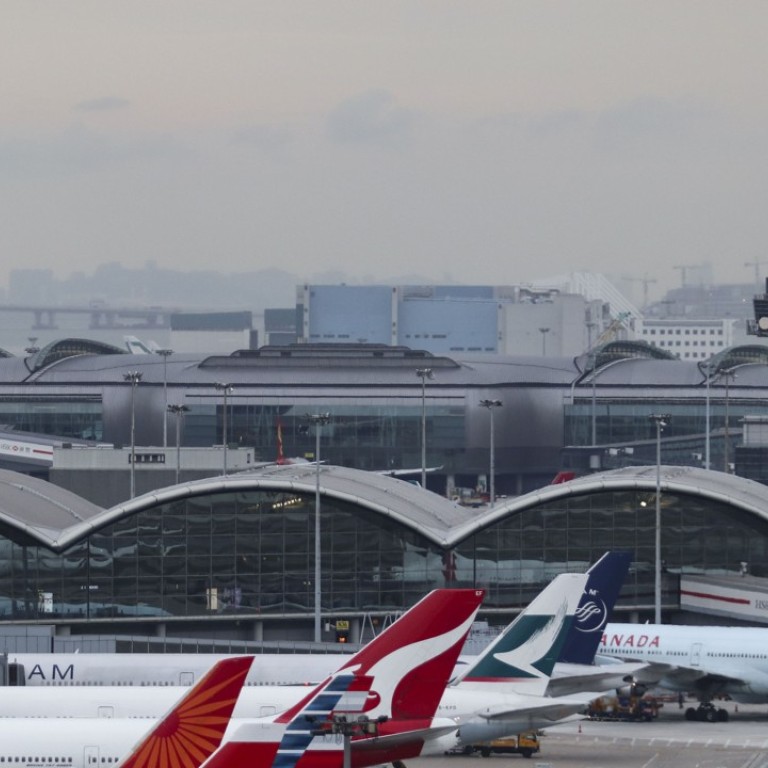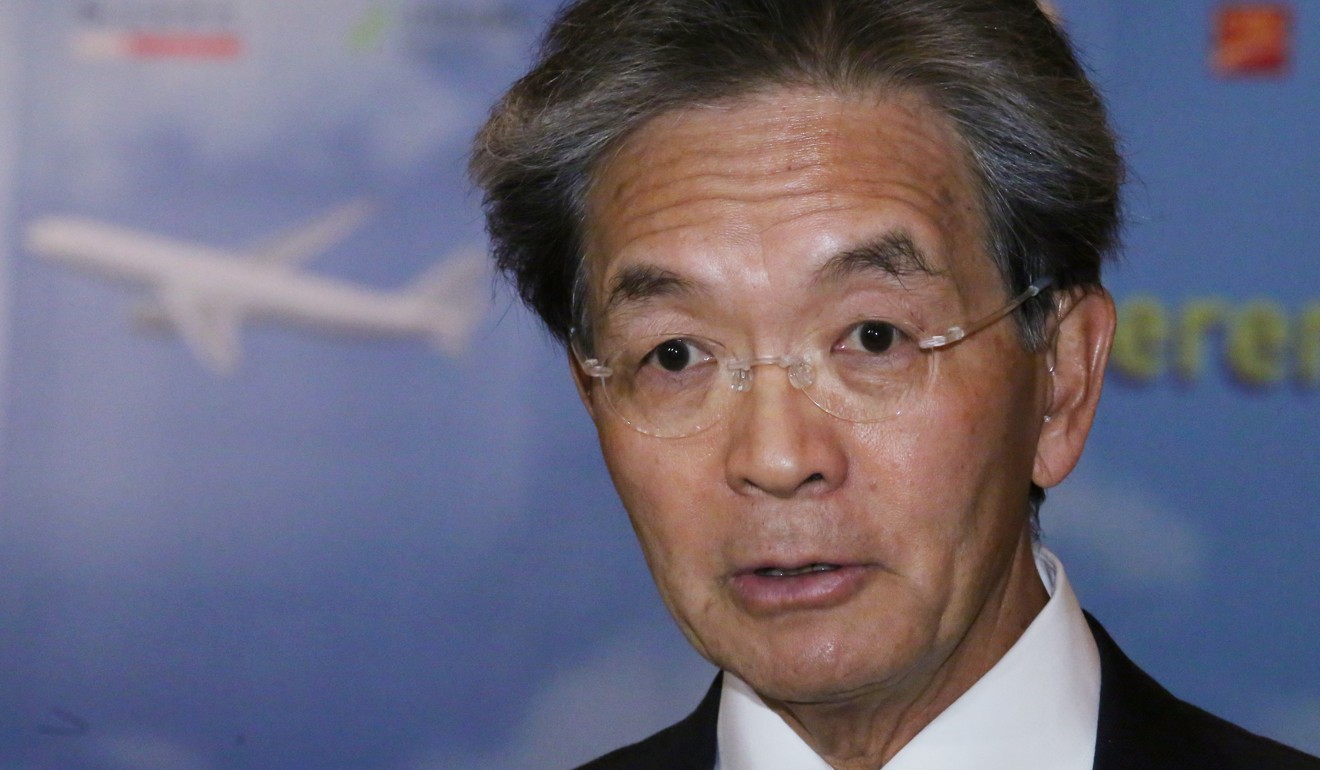
Fourth runway for Hong Kong unlikely, airport chief says
Chairman of the Hong Kong Airport Authority says the city as a whole lacks the infrastructure to deal with more incoming travellers
Jack So Chak-kwong, chairman of the Hong Kong Airport Authority, put that down to a lack of supporting infrastructure for the potential influx of travellers, such as hotels, roads, restaurants and even car parking spaces.
“I think a city has got to plan for expansion in totality … You have got to plan and do these things one step at a time. It’s not just a runway. You have got to have all of the other facilities that make up Hong Kong’s capacity in total,” So said, speaking to the Post during a government trade mission to Dublin earlier this month.

The city is currently building a third runway on reclaimed land under a HK$141.5 billion (US$18 billion) expansion project, which includes a new passenger concourse, a new airport terminal train and baggage system.
Lawmakers have criticised the cost, half of which will be borne by travellers, including through additional fees levied on airlines and passed on in higher fares.
Hong Kong International Airport (HKIA) is already one of the most efficient in the world, moving 73 million passengers via a total of 68 flights per hour on two runways last year.
More tax treaties needed for Hong Kong to take on Singapore
But airlines have been clamouring for more flights – the Civil Aviation Department’s figures showed if every application from an airline to start a flight was approved, there would be 93 flights per hour this summer. A third runway would allow for about 104 flight movements each hour.
The Airport Authority chairman noted that total passenger numbers worldwide were forecast to rise by 5 per cent annually for the next 20 years, but in Asia the forecast rate was 6.5 per cent. Global aviation body the International Air Transport Association has said some 2.1 billion new passengers will take to the skies in the Asia-Pacific region by 2036.
I think a city has got to plan for expansion in totality
Key European and US airports such as Madrid, Frankfurt, Los Angeles and New York JFK already have four runways, though some of them move fewer passengers than Hong Kong. Amsterdam, with six runways, saw 68 million travellers come and go last year.
Beijing’s new airport in Daxing, opening next year, will have four runways, while Shanghai Pudong is expected to open its fifth runway this year.
Chinese University aviation policy expert Dr Law Cheung-kwok, author of a study on the third runway in 2007, dismissed the infrastructure concerns of the Airport Authority.
“If the tourism and logistics trade foresees the further expansion of business, they will adjust to that. I do not really see any bottlenecks coming from the supporting activities,” Law said.
HK Express livery design competition sees teen winners jet off to Japan
He noted that “the business was there” and would only increase. Indeed, airlines have resorted to adding more seats to planes and using bigger aircraft to move more people to and from Hong Kong, though they say long-term growth also depends on airport capacity at other destinations.
But Law noted it was likely a second airport would be needed, given the challenges of expanding the existing airport. There are already limited options to route planes safely to HKIA, due to mountains on Lantau Island, for example.
Albert Lam Kwong-yu, who headed the Civil Aviation Department from 1998 until 2004, agreed there was no space at the current airport to expand and there would be no easy answers as to where the fourth runway should be built.
Critics of the third runway plan had also pointed to competition for airspace from the four other airports – including in Guangzhou and Shenzhen – in the Pearl River Delta region where Hong Kong sits.
These rival airports have become more aggressive in seeking more international flights. Guangzhou airport recently opened a new terminal to handle 100 million passengers annually.
Hong Kong dominates busy air routes, but budget carriers can’t get a look-in
Cathay Pacific Airways, Hong Kong’s flag carrier, said its long-term growth was partly reliant on new and bigger airports being built. But in a recent interview with the Post, CEO Rupert Hogg also pointed to capacity constraints.
Citing Beijing’s mega Daxing project, he said when airlines moved there, it did not mean they could add extra flights to popular international destinations, as it would depend on capacity at the end point.
Looking to the future and the role rival cities such as Beijing and Shanghai would play in terms of competition in aviation, So was still upbeat about Hong Kong’s position.
He noted that passenger growth worldwide was enough to sustain the global aviation sector, but added that the aim for Hong Kong was to stand out from the crowd.
So said Hong Kong had to “work harder” to maintain its leadership position and its hub status connecting passengers and cargo around the world.
He said: “[Rival airports] may have all the hardware but we have to excel in our software and efficiency.”

